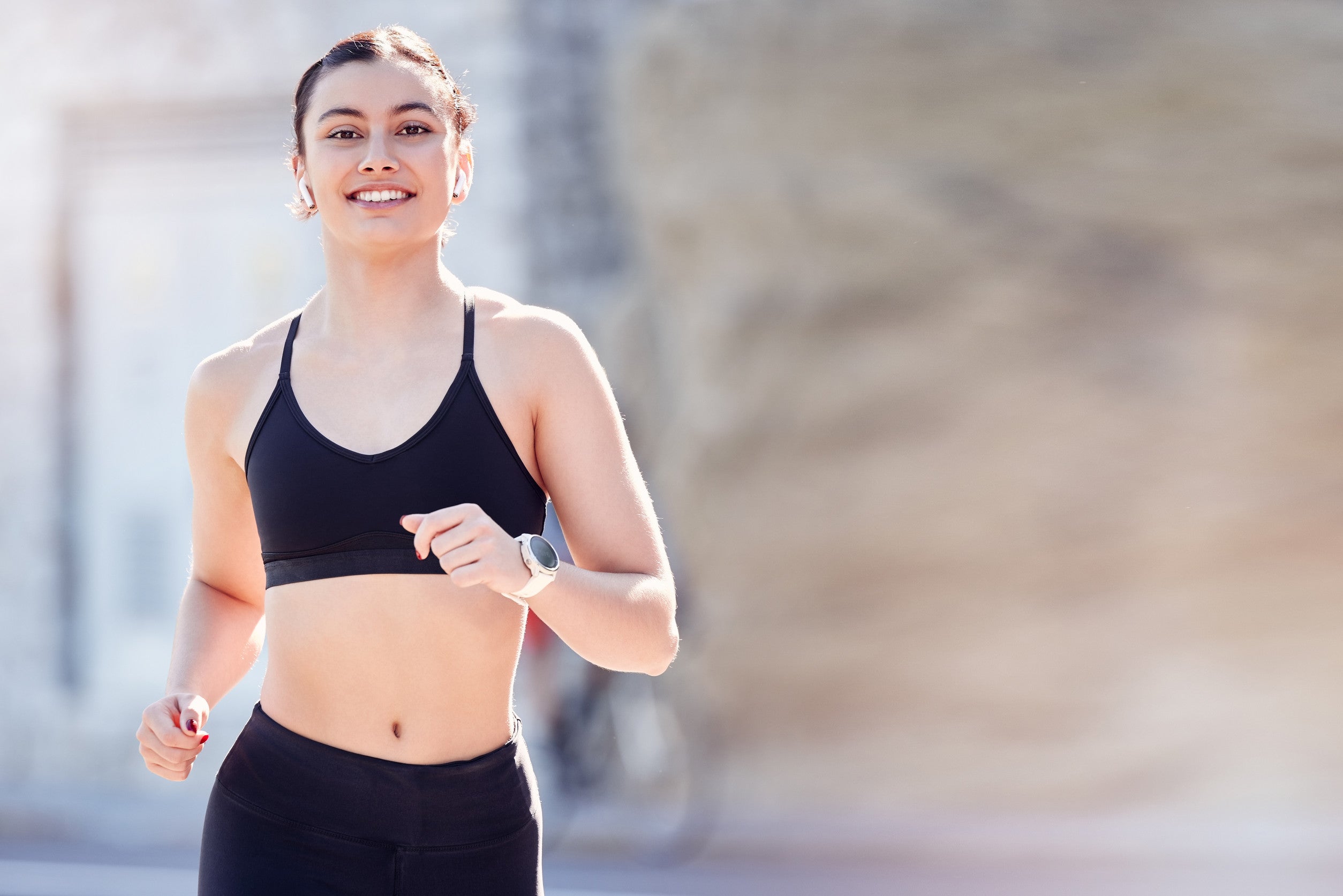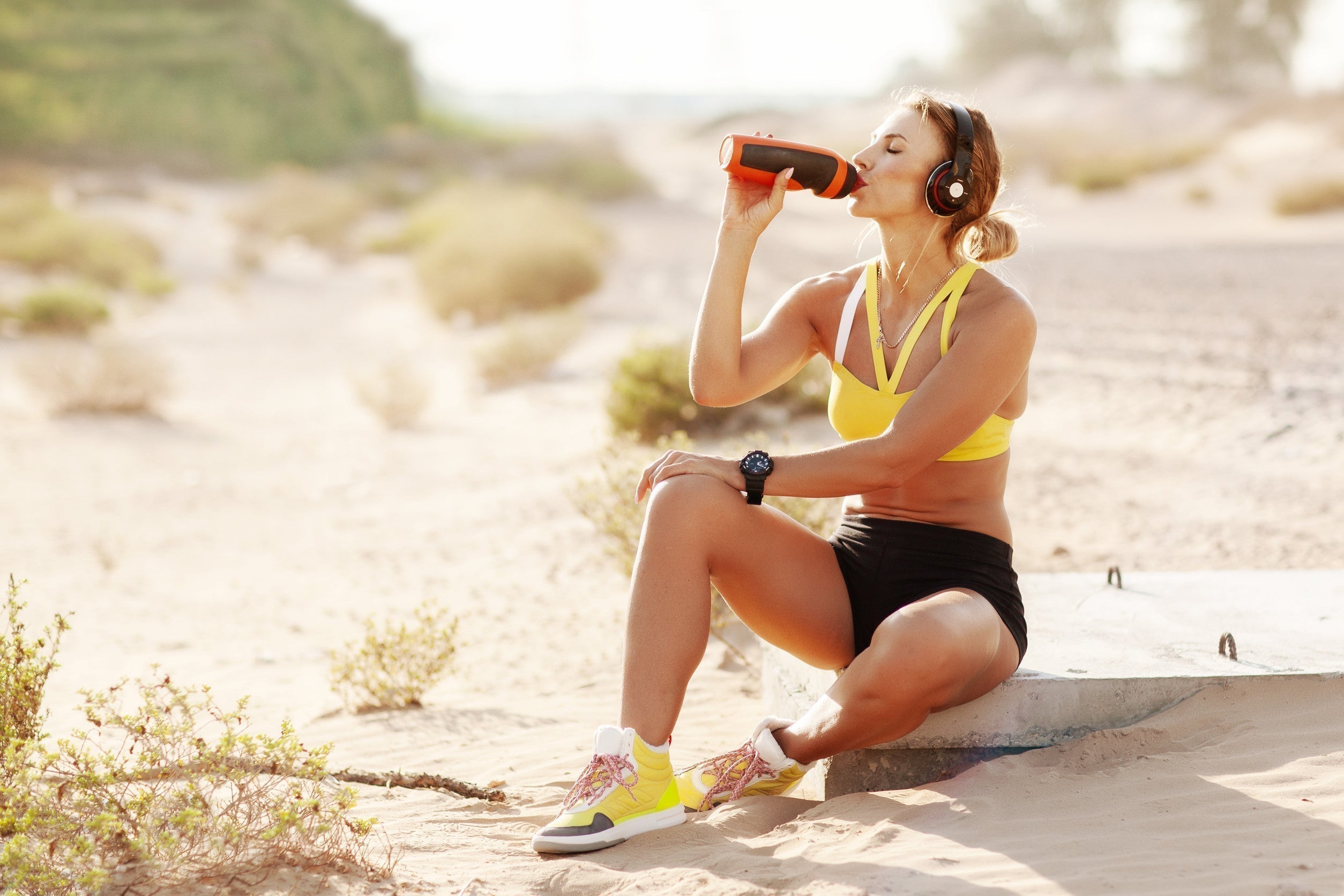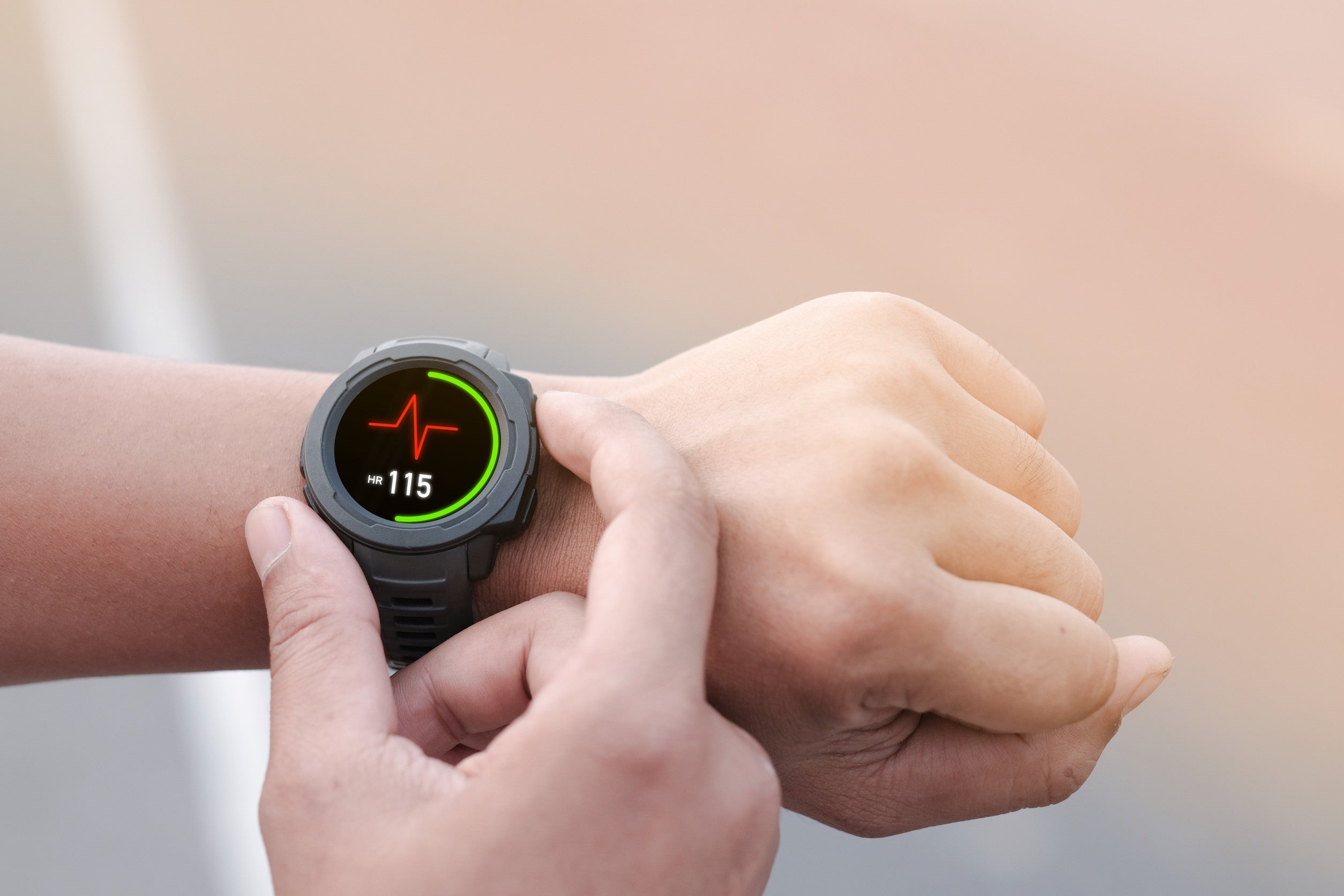Understanding the Link Between Body Temperature and Exercise Performance

Body temperature plays a crucial role in exercise performance, affecting endurance, recovery, and overall fitness levels. With smart watches in USA, athletes and fitness enthusiasts can monitor their body temperature fluctuations in real time, optimizing their workouts for maximum efficiency. A smart watch in USA equipped with advanced tracking features helps users maintain an ideal body temperature, preventing overheating and fatigue. By leveraging smart technology, individuals can fine-tune their exercise routines, enhance performance, and achieve fitness goals more effectively. Investing in a high-quality fitness smartwatch can lead to smarter training decisions and improved athletic results.
Our bodies are incredible machines, capable of adapting to varying levels of physical stress during exercise. But have you ever wondered why you feel completely drained after a long run on a hot day or why your performance falters in extreme heat?
A significant factor at play is body temperature—how it changes during exercise, and how it impacts your performance.
This blog explores the fascinating relationship between body temperature and exercise performance, offering practical tips to optimize your workouts and stay safe under varying conditions. Whether you're a seasoned athlete or a fitness enthusiast, understanding this connection can elevate your performance and help you avoid setbacks.
How Body Temperature Works During Exercise
Before we link body temperature to exercise performance, let’s take a quick look at how your body regulates heat under typical conditions.
The Body’s Thermostat
Your body has an internal thermostat controlled by the hypothalamus, which works to maintain an average core temperature of about 98.6°F (37°C). When you exercise, your muscles generate heat as a byproduct of energy production, causing your internal temperature to rise. If this heat isn’t dissipated effectively, your core temperature can climb rapidly.
Mechanisms of Heat Dissipation
To manage rising heat levels, your body activates its cooling mechanisms:
-
Sweating: The evaporation of sweat from your skin helps cool the body down.
-
Blood Circulation: Blood vessels near the surface of your skin dilate, redirecting warm blood away from your core.
These mechanisms work together to keep your temperature in check, but they also place additional stress on your body, which can impact your physical performance.
The Effects of Elevated Body Temperature on Performance
Now that we’ve covered the basics, let's explore how body temperature affects your ability to exercise and perform.
Efficiency vs. Overheating
A slight increase in body temperature can actually boost exercise performance. Research shows that a warmed-up body has improved muscle elasticity, faster enzyme activity, and better oxygen delivery to muscles—all of which enhance performance. This is why dynamic warmups are essential before intense physical activity.
However, problems arise when your body can no longer manage the heat effectively. Once your core temperature rises above 104°F (40°C), you risk heat-related illnesses, such as heat exhaustion or heatstroke. This can lead to fatigue, reduced endurance, slower reaction times, and even life-threatening complications.
Dehydration and Heat Stress
Excessive sweating, while necessary for cooling, can lead to dehydration. Dehydration reduces blood plasma volume, impairing your ability to regulate temperature and transport nutrients efficiently. It exacerbates heat stress and makes it harder to maintain performance levels.
Mental and Physical Challenges
An overheated body also has a profound impact on your mental state. Studies suggest that high body temperatures can impair cognitive function, reduce concentration, and increase perceived exertion—making your workout feel significantly harder than it actually is.
Factors That Influence Body Temperature During Exercise
Several factors influence how your body regulates temperature during exercise. Understanding these can help you plan your workouts more effectively.
1. Environment
-
Heat: High temperatures make it harder for your body to dissipate heat, increasing the risk of overheating.
-
Humidity: Sweat evaporates slower in humid conditions, limiting your body’s cooling ability.
-
Cold: Low temperatures reduce your sweat rate, but blood flow is redirected to warm vital organs, sometimes leading to muscle stiffness.
2. Clothing
Clothing that traps heat or doesn’t allow moisture to escape can accelerate overheating during workouts. Conversely, lightweight, moisture-wicking fabrics can enhance cooling.
3. Hydration
Well-hydrated bodies regulate heat more effectively and recover faster. Dehydration not only increases heat stress, but it also reduces sweat production, impairing your natural cooling mechanisms.
4. Exercise Intensity
The harder your body works, the more heat it generates. Intense activities demand quicker heat dissipation and place higher stress on your cooling systems.
5. Body Composition
Higher muscle mass generates more heat than fat during exercise. Additionally, individuals with greater body fat may struggle to dissipate heat effectively, as subcutaneous fat acts as insulation.
Tips for Optimizing Performance and Managing Body Temperature
Understanding your body’s needs during exercise gives you the upper hand in managing your temperature and excelling during workouts. Here are some practical tips to stay cool, safe, and efficient during exercise:
1. Stay Hydrated
Drink plenty of fluids before, during, and after exercise. For longer, high-intensity workouts, consider incorporating electrolytes to replace minerals lost through sweat.
2. Time Your Workouts
Exercising during cooler parts of the day, such as early mornings or late evenings, can help reduce heat stress. Avoid working out outdoors during peak midday heat, particularly in the summer.
3. Choose the Right Gear
Opt for lightweight, breathable clothing designed for moisture-wicking. Light-colored fabrics reflect more sunlight, while darker fabrics absorb heat.
4. Acclimate to the Environment
If you’re training for an event in a hot climate, acclimating your body to the heat over time can improve your ability to regulate temperature. Start with shorter workouts and gradually increase intensity.
5. Use Cooling Techniques
Pre-cooling methods, such as drinking cold fluids or using cooling packs, can lower your initial core temperature and delay overheating. Post-workout, a cold shower or ice bath can speed up recovery.
6. Monitor Warning Signs
Pay attention to symptoms like dizziness, nausea, or excessive fatigue. These could signal heat-related illnesses requiring immediate action.
Why Body Temperature Awareness is Crucial for Athletes
Whether you're a casual gym-goer or an elite athlete, understanding the link between body temperature and exercise performance is essential. Proper temperature regulation does more than just maximize your workout—it protects you from dangers associated with overheating and dehydration.
Elevate Your Training by Listening to Your Body
Your body is your smartest trainer if you know how to listen. By managing body temperature and adapting your exercise routines accordingly, you can push your limits safely and effectively.
The next time you hit the gym or step onto a running trail, think about how your body manages heat. Prepare with proper hydration, suitable clothing, and environmental awareness. These small but significant adjustments can make a world of difference—not just in performance but in how you experience the joy of movement.
Whether you're aiming to smash personal records or simply feel better post-workout, optimizing this balance can unlock your maximum potential. Stay cool and train smart!
Discover Genius Watch: Your Ultimate Health Companion
Staying on top of your fitness goals is easier with the Genius Watch, the perfect fitness watch USA users rely on. This advanced smartwatch tracks real-time body temperature, heart rate, and activity levels, helping you optimize your exercise performance. Whether you're training for endurance or recovery, monitoring fluctuations in body temperature can enhance your results. Designed for accuracy and convenience, the Genius Watch provides actionable insights to keep you performing at your best. If you're looking for a smart watch in USA that seamlessly blends health tracking with innovation, Genius Watch is your go-to fitness companion.
The Genius Fit Watch is here to help you achieve your wellness goals like never before. With advanced features including heart rate monitoring, sleep tracking, and personalized activity insights, this innovative device empowers you to take charge of your health. Plus, their sleek design ensures that you’ll wear it with pride all day long.
Don’t wait any longer—unlock your potential with the Genius Watch! Check out our latest innovations and make them a part of your daily routine today. Embrace a healthier lifestyle and track your progress every step of the way!


